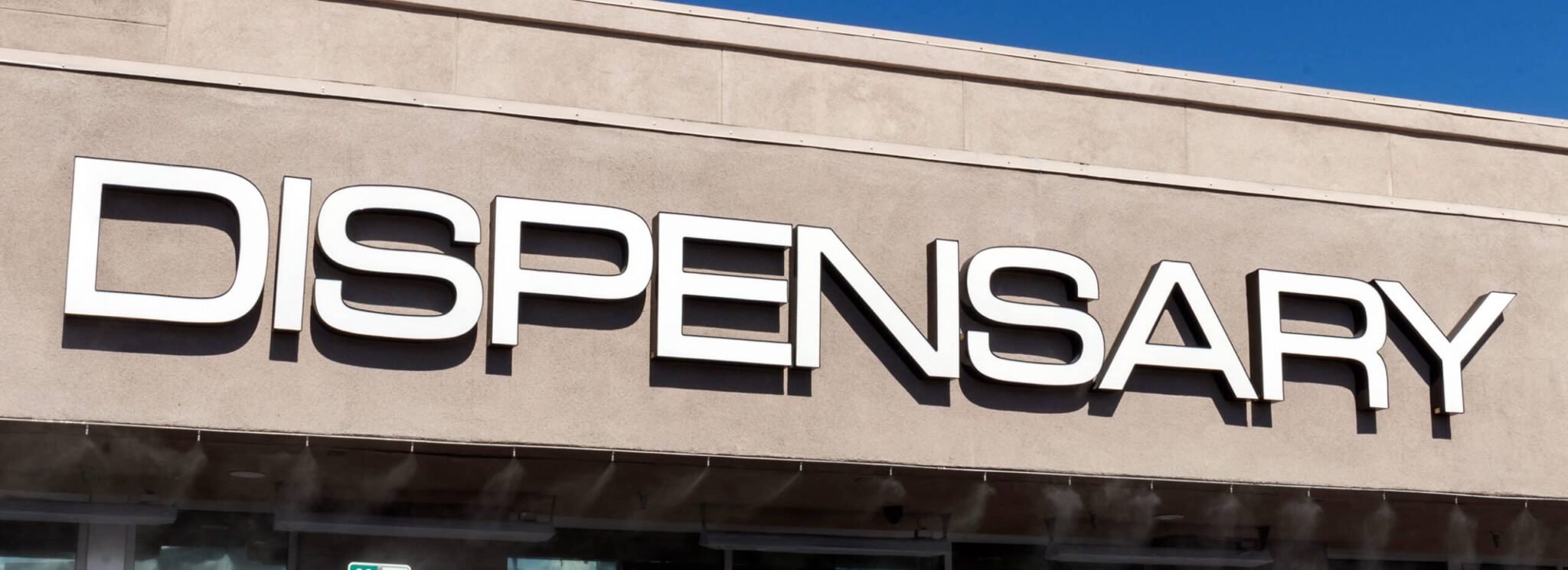Don’t let your business be like a cannabis dispensary that had to close due to security and other violations. Noncompliance is expensive. Add a shut-down to that and it is a miracle that a business can keep operating.
No doubt, your cannabis security
program must contend with some of the most stringent regulations in the country. The reason for the challenging regulations is that dispensaries are a cash-heavy business selling highly sought-after products. Taking steps to ensure compliance is not fast or easy. There are no short cuts.
The Challenges of Cannabis Security Compliance
Here are the top five cannabis dispensary compliance problems per an Adherence study:
- Staff does not enter all cannabis and related products into the state-mandated inventory tracking system or account for all differences.
- Facility has inaccurate or outdated tracking logs for security, visitors, or waste.
- Business fails to make available all required financial business documentation per federal and state mandates.
- Sold cannabis and products do not include all required safety warning and public health statements as required by law.
- The business’s surveillance cameras do not provide clear, unobstructed views of the property leading to blind spots and obstructions.
Notice that Nos. 2 and 5 contain security-related compliance issues. Not only do dispensaries and other cannabis businesses need to stay on top of federal laws, but also state laws. Every state has its own detailed security requirements.
For instance, California’s comprehensive marijuana security requirements cover where to post cameras, the minimum camera resolution, the frames per second, and the length for retaining video footage. In Maryland, video surveillance must have enough lighting to allow the dispensary to modify or add motion control sensors.
Regardless of where your business is located, these best five tips will help increase your chances of compliance.
1. Identify security risks
Starting with identifying the risks helps you know your security’s strengths and weaknesses. This will inform the dispensary security plan (DSP). While doing the security assessment, you’ll list your current security solutions.
As you do the risk assessment, create a layout of the property. Mark who and where people enter and exit on the property. This includes employees and customers. What about vendors? Mail and package delivery? Note that too. The goal is to make it as easy as possible for customers to shop but have enough security in place to prevent theft, loitering, and other problems.
It is critical to be transparent about security with employees. The Cannabis Business Times says the biggest threat to a marijuana facility does not come from external factors. Rather, it is internal via employee theft. Insiders know how the operation works and its weakest links.
With that said, make sure every employee is thoroughly vetted with a background check. The idea is to hire people you can trust. Train them well on all your security procedures. It’s also best to limit their opportunities for theft by rotating shifts. This can help minimize collaboration between workers.
Having a map of the property will also help with camera placement and preventing potential blind spots. Make a list of potential security options and prioritize them. Unfortunately, cannabis businesses have no choice but to implement everything the law and regulations require. Still, it’s worth ranking the solutions in case you do not need to implement something right away.
2. Manage Your Inventory
One of the best ways to minimize theft is through effective inventory management. Several times a day, take stock of your inventory. This is especially important to do between shift changes. Also, limit the amount of inventory that is readily accessible. Only keep enough cash and product on-hand that is necessary for immediate business transactions. It is recommended to store everything else offsite.
3. Create a dispensary security plan
Before you begin on the security plan for your marijuana dispensary, access the federal and state laws and regulations that affect your business. You will refer to them often to verify you address all the requirements.
What You Need in a Cannabis Dispensary Security Plan provides all the details of what to include. The DSP is a living document that will receive regular updates as rules and regulations change. As you find better ways to do things, you will update the processes covered in the plan.
Here are the highlights:
- Introduction: Describe the purpose of the plan and objective, as well as list the roles of employees responsible for maintaining and updating the plan. Here is where you’ll keep a log of every version of the plan and what changed from the previous plan.
- Physical building design: If you created the property map while identifying risks, you’re ahead of the game. The design needs to include the fencing, landscaping, lighting, cameras, parking lot, properties surrounding the dispensary, and neighborhood.
- Policies and procedures: How do people enter the property? Document the process for customers, law enforcement, and non-customers to park, enter, navigate, and depart the store. This section covers all the processes, everything from background checks and onboarding of new employees to removing employee access and preventing on-site consumption.
- Security measures: Describe all the dispensary security processes, everything from storage locks to live video surveillance.
- Sign-offs: This may be separate or part of the DSP. All employees need to read the DSP and sign-off showing they have read it and will abide by it. Any time there is an update, they repeat the process of reading the updates and signing the document.
The DSP takes time to create, but it will go a long way in achieving and maintaining compliance. One way to speed this up without sacrificing anything is to work with a cannabis security
specialist that knows the industry.
4. Choose the right live video surveillance technology
Laws and regulations require video monitoring. And not just any camera will suffice. The system must meet the requirements outlined in the federal and state regulations. Laws differ in video footage retention rates. Some demand 45 days and others 90 days.
The other specification is the frame rate and resolution. The higher the frame rate and resolution, the faster the video will drain storage capacity. Thus, verify you have the storage capacity to support more than the number of days for retaining video.
Moreover, you want a reliable solution with a backup plan in place in case of a power outage or anything. One of the things to look for in video surveillance is a regular system health check. Technology breaks or goes on the blink. A system health check makes sure your technology stays in working order.
5. Work with experts when installing video cameras
If buying remote video monitoring
equipment from a company that does not do the installation, it is worth hiring security experts to install it. Otherwise too many things could go wrong. The cameras may not be secure enough so that wind and stormy weather knock them out of place. Camera views may have blind spots.
You can save money in the long run working with video security experts because they will do everything right the first time, or you can hold them to any mistakes they make. In talking with prospective vendors, ask about an installation guarantee clause. This will protect you in case something fails compliance.
All told, live video surveillance is a must for marijuana operations. The most successful dispensaries partner with a company that has worked the industry in the U.S. and Canada because they know the laws and can ensure your business complies.
The marijuana market’s growth is rampant and brings ever-changing security regulations. Its video surveillance requirements vary greatly by geographic location.
Get a Comprehensive Dispensary Security Solution
When you work with Stealth Monitoring’s proactive security services, you gain a whole team of trained security experts who watch your property in real-time. They can catch events as they happen and deter potential damage. You can get a customized system to protect your investment while ensuring you comply with your state’s laws.
In addition to video monitoring, here are more options to secure your business:
- Video review and analysis: Trained team searches and reviews hours of video footage to scrutinize activities.
- License plate recognition: Reads every license plate entering and leaving your property.
- System health check: Checks to make sure your security system runs properly. If a service problem or technical issue comes up, they receive a high priority for fixes.
- Long-range surveillance: Makes out faces and details from remote distances.
- Camera monitoring: Uses Stealth’s trained staff to monitor your property with your existing cameras.
In selecting the right security hardware and services, you have a variety of factors to consider. When you choose Stealth, you can see a faster ROI. Clients like you can see their operating income climb.
For more information on dispensary security, pick up the free Cannabis Security Solutions That Work guide. You will learn how to bolster your security, maintain compliance, and increase security. If you have more questions, please contact us anytime.

